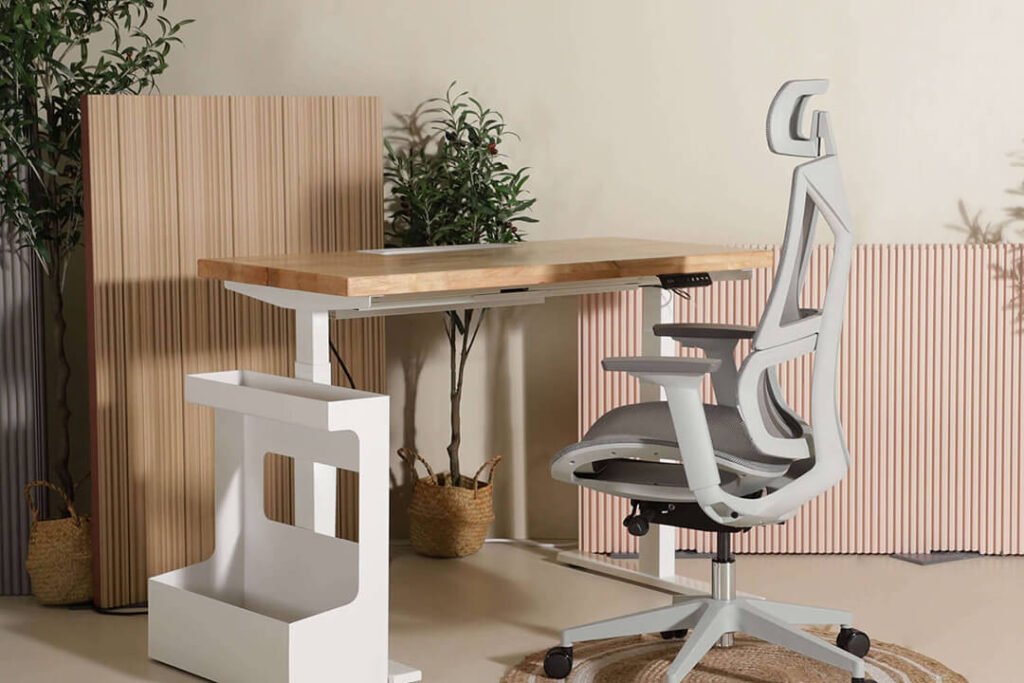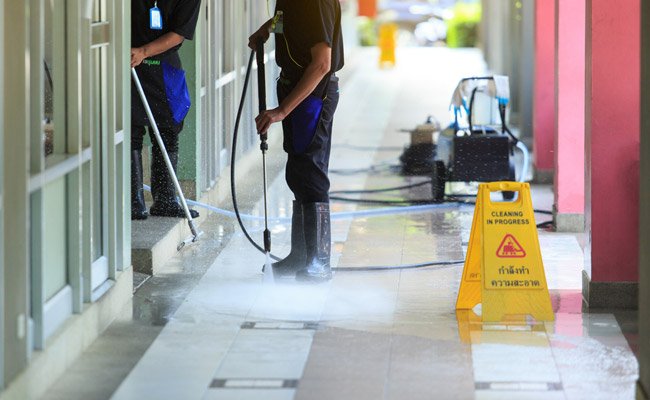Productivity is often influenced by various factors, but the workspace plays a crucial role in determining efficiency. A well-designed environment does not just enhance comfort—it actively supports focus, creativity, and motivation. Because of this, businesses and professionals must prioritize creating a productive workspace design that fosters efficiency.
Why Workspace Design Matters More Than You Think
Many people assume that productivity depends solely on individual effort. However, the surrounding environment has a significant impact on concentration and workflow. When a productive workspace design is thoughtfully implemented, distractions are minimized, energy levels are maintained, and tasks are completed more efficiently.
On the other hand, a cluttered or poorly arranged space can lead to frequent interruptions, decreased motivation, and unnecessary stress. As a result, performance may suffer, and productivity may decline. That is why investing in an optimized workspace is not just beneficial—it is essential.
Key Elements of an Efficient Workspace
Creating a productive environment requires more than just a desk and chair. Several factors must be considered to ensure that efficiency is maximized.
1. Proper Lighting for Enhanced Focus

One of the most overlooked aspects of productive workspace design is lighting. However, it plays a critical role in maintaining alertness and reducing eye strain.
- Natural Light – Exposure to natural light has been shown to improve mood and energy levels, helping individuals stay focused for longer periods.
- Adjustable Lighting – Since tasks vary, adjustable lighting options should be available to suit different needs throughout the day.
- Reduced Glare – A well-positioned workspace prevents glare, reducing discomfort and preventing distractions.
Because of these benefits, lighting should always be considered a top priority in any workspace.
2. Ergonomic Furniture for Comfort and Efficiency

Discomfort can significantly impact productivity. For this reason, ergonomic furniture is essential in any workspace.
- Adjustable Chairs – Proper support is necessary to prevent back pain and maintain good posture.
- Spacious Desks – Having enough space allows for better organization, reducing clutter and distractions.
- Monitor Positioning – Screens should be positioned at eye level to prevent neck strain and improve focus.
By ensuring that comfort is prioritized, efficiency can be improved, and workplace fatigue can be minimized.
3. Minimal Clutter for a Clear Mind

A cluttered workspace often leads to a cluttered mind. Therefore, organization should always be maintained to support productivity.
- Efficient Storage Solutions – Shelves, drawers, and organizers keep essential items within reach while reducing mess.
- Digital Organization – A clean digital workspace is just as important as a physical one, so files should be arranged systematically.
- Regular Decluttering – Workspaces should be cleaned and reorganized frequently to maintain order and efficiency.
When a space is kept tidy, focus can be sustained, and unnecessary distractions can be avoided.
4. Noise Control for an Undisturbed Workflow

Since background noise can disrupt concentration, steps should be taken to manage sound levels effectively.
- Quiet Zones – Designating quiet areas ensures that deep focus can be maintained when needed.
- Noise-Canceling Headphones – When external sounds cannot be controlled, noise-canceling headphones provide an effective solution.
- Soft Furnishings – Carpets, curtains, and acoustic panels help absorb sound, creating a quieter environment.
By addressing noise distractions, work can be completed more efficiently, leading to higher productivity levels.
5. Personalization for Motivation and Creativity

Although functionality is important, personal touches should not be overlooked. A workspace that reflects personality and preferences can enhance motivation.
- Inspirational Decor – Motivational quotes, plants, and artwork can create a positive atmosphere.
- Custom Work Setup – Personal comfort items, such as wrist rests and ergonomic keyboards, improve overall experience.
- Flexible Layouts – The ability to rearrange furniture allows for a workspace that adapts to individual needs.
Because of these small but impactful changes, a workspace can feel more inviting and supportive of creativity.
How to Transform Any Workspace for Maximum Productivity
Although workspace improvements may seem overwhelming, small adjustments can make a significant difference. Simple changes, such as improving lighting, decluttering, and adding ergonomic furniture, can create a noticeable improvement in focus and efficiency.
Additionally, establishing routines that include regular breaks, movement, and mindfulness can enhance productivity even further. Over time, these efforts lead to a productive workspace design that not only supports work but also inspires success.
Create a Productive Environment Today
Success begins with an optimized workspace. By prioritizing comfort, organization, and personalization, productivity can be improved effortlessly. So why wait? Start making small changes today, and experience the benefits of a productive workspace design!


